
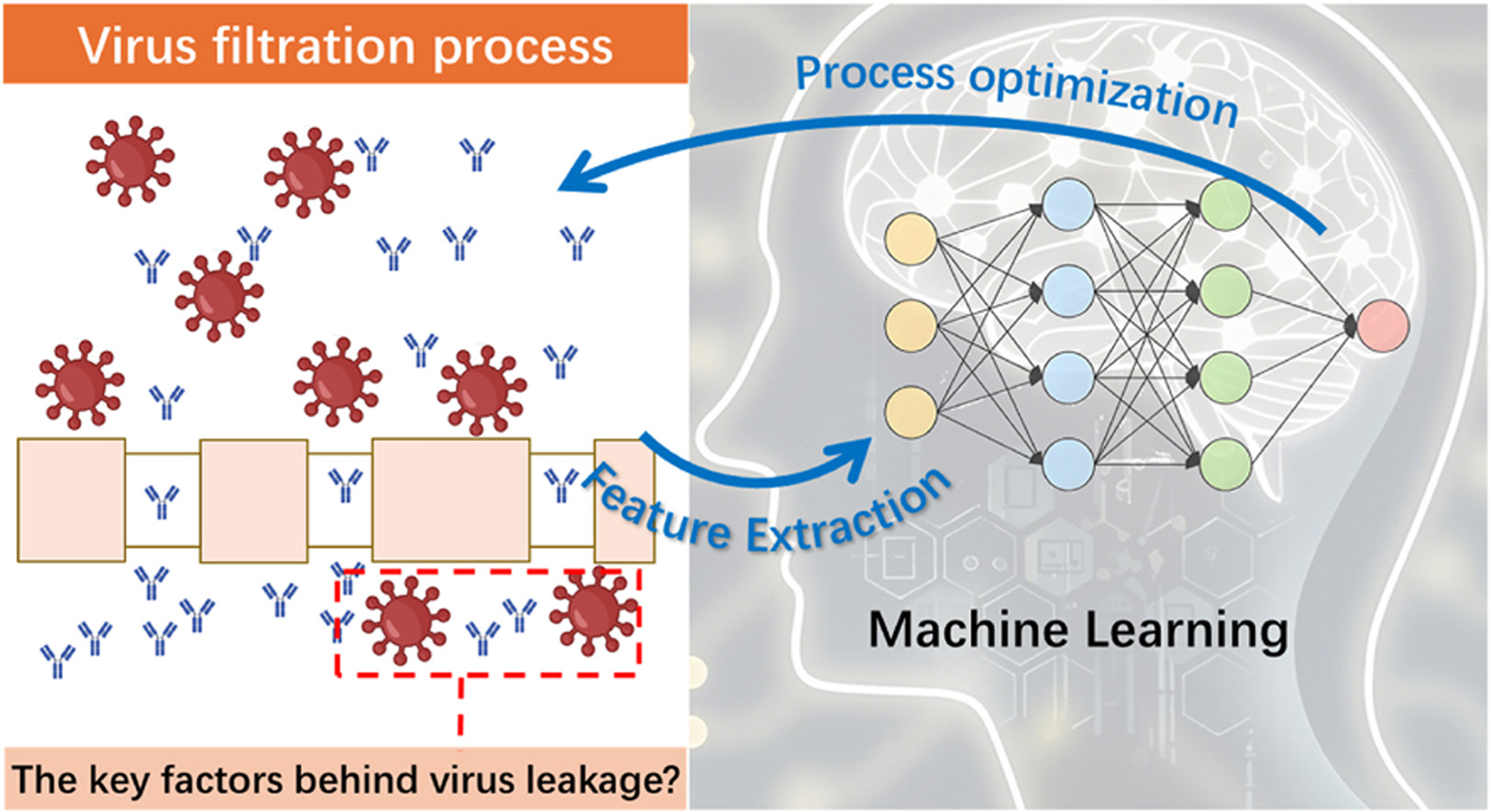
A research team led by Prof. WAN Yinhua from the Institute of Process Engineering has developed a machine learning framework to analysis virus filtration processes in therapeutic protein purification. The new method enables intelligent identification of critical parameters affecting virus retention efficiency and provides predictive guidance for process optimization.
A research team led by Prof. WANG Shuqiang from the Shenzhen Institute of Advanced Technology of the Chinese Academy of Sciences introduced a Prior-Guided Adversarial Learning with Hypergraph (PALH) model for predicting abnormal connections in Alzheimer's disease.
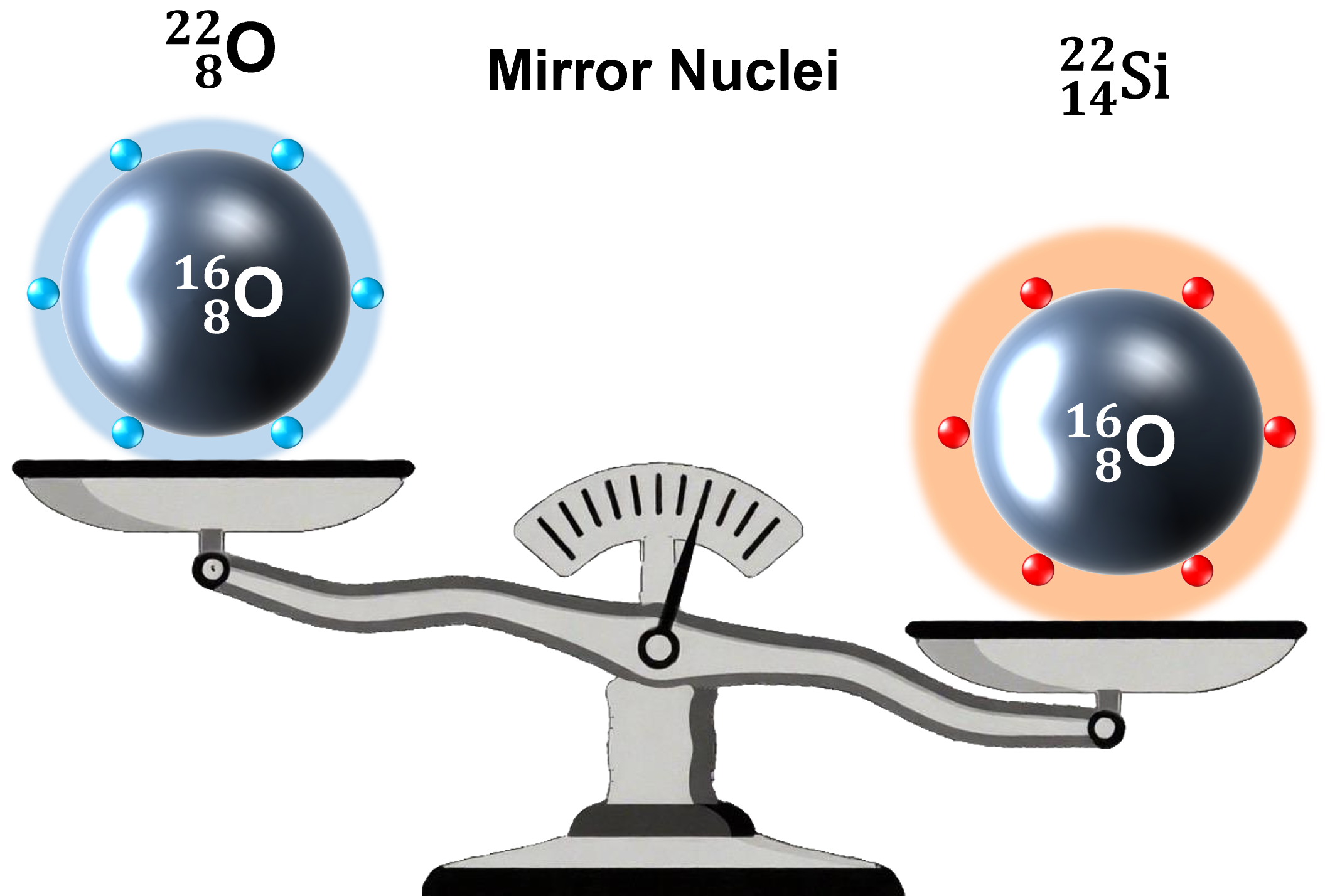
Researchers from the Institute of Modern Physics (IMP) of the Chinese Academy of Sciences have precisely measured for the first time the mass of an extremely short-lived and neutron-deficient nucleus, silicon-22, revealing that the proton number 14 in silicon-22 is a new magic number.
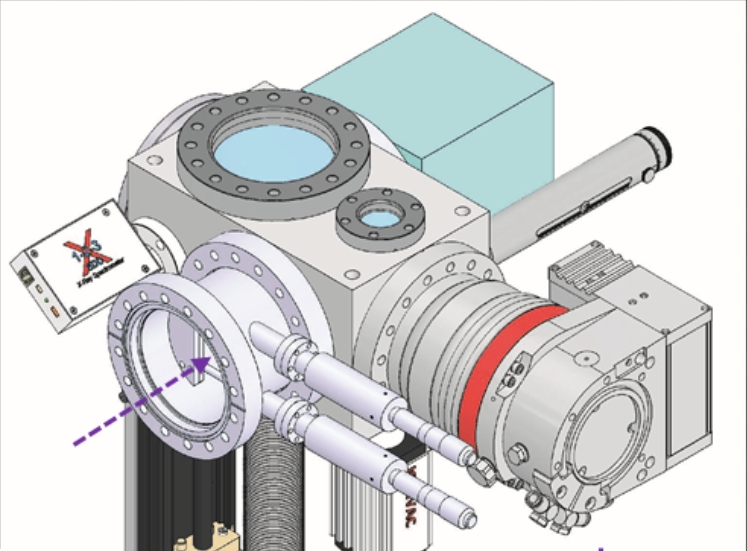
Researchers at the Institute of Modern Physics of the Chinese Academy of Sciences confirmed that the fully stripped heavy ion-atom collision is an effective way to produce heavy hollow atoms in high yield. They have also developed a high-resolution planar crystal spectrometer to measure the fine structure of inner-shell multi-ionization ion X-rays.
Researchers from the Innovation Academy for Precision Measurement Science and Technology have found that water can activate previously "NMR-invisible" aluminum in ultra-stable Y (USY) zeolite (a critical material in catalysis), creating synergistic active sites.
Researchers from the Innovation Academy for Precision Measurement Science and Technology has discovered that anchoring subnanometric MoOx clusters onto TiO2 nanosheets can effectively suppress the formation of CO2 during methane oxidation, significantly enhancing the selectivity for oxygenated organic products, shedding light on the activity and mechanism of photocatalytic selective oxidation of methane.
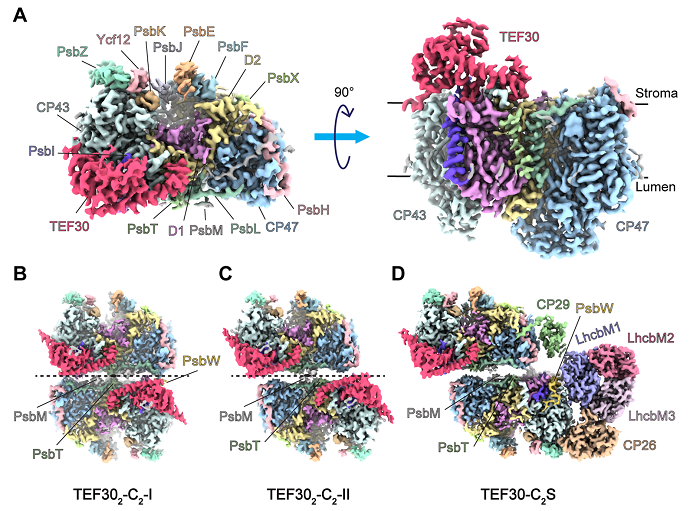
A research team led by Prof. LIU Zhenfeng from the Institute of Biophysics of the Chinese Academy of Sciences has solved four high-resolution cryo-electron microscopy (cryo-EM) structures that unveil how a critical protein, Thylakoid Enriched Fraction 30 (TEF30), facilitates the repair and assembly of PSII in Chlamydomonas reinhardtii, a model green alga.
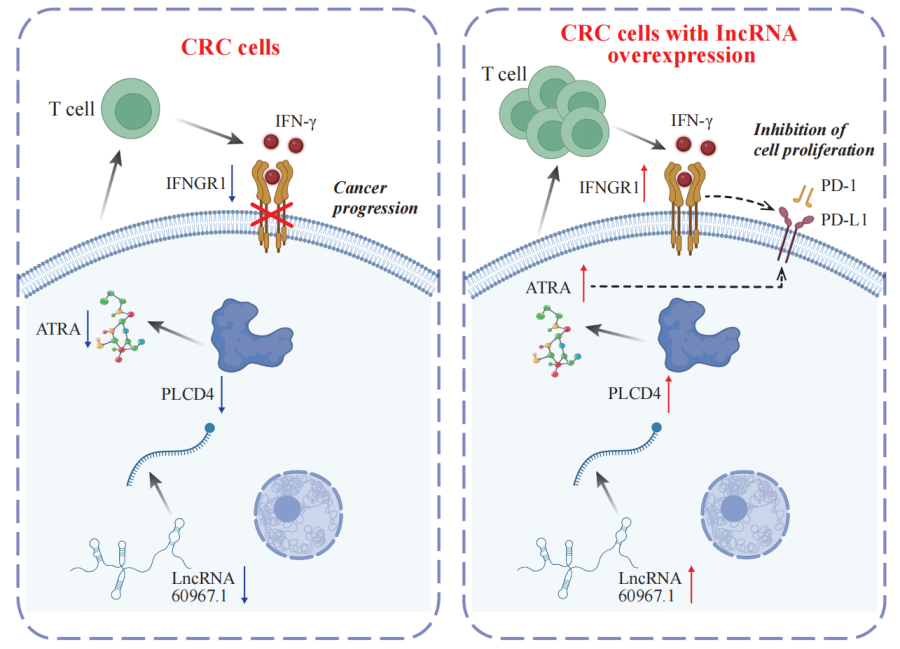
A research team led by Prof. GU Hongcang and ZHANG Fan from the Hefei Institutes of Physical Science of the Chinese Academy of Sciences has identified a novel long non-coding RNA (lncRNA)-driven regulatory network that plays a central role in colorectal cancer (CRC) progression and immune response.
A research team led by scientists from the Research Center for Eco-Environmental Sciences of the Chinese Academy of Sciences, collaborating with international partners, analyzed satellite data to quantify fragmentation's impact on forest resilience worldwide.
A research team led by Prof. YAN Hong from the Institute of Earth Environment of the Chinese Academy of Sciences has developed the first daily-resolution proxy dataset to investigate prehistoric TC activity. The research draws on a 12-year growth record from a fossil Tridacna shell—a 3,000-year-old bivalve unearthed in the northern South China Sea.
A research team from the Aerospace Information Research Institute of the Chinese Academy of Sciences has developed a novel method to generate highly detailed three-dimensional (3D) city models using radar data, addressing long-standing challenges in urban mapping.
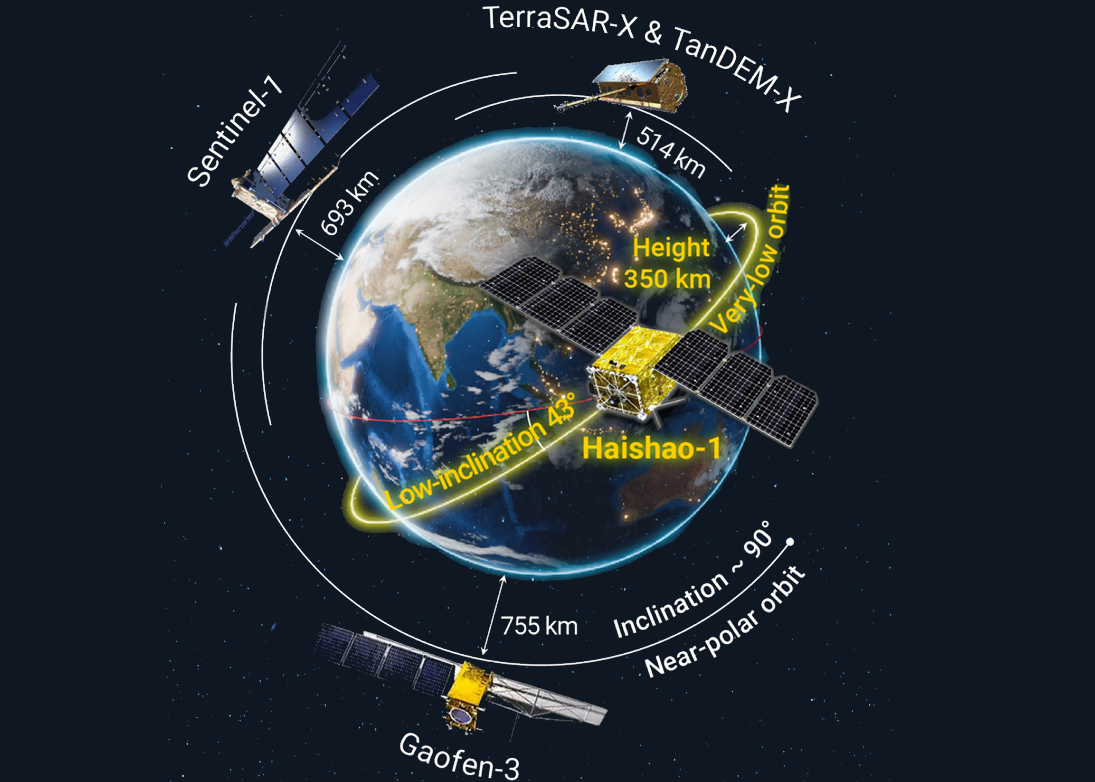
A new study highlights the launch of Haishao-1 (HS-1), China's first low-inclination orbit Synthetic Aperture Radar (SAR) satellite. This marks a breakthrough in global Earth observation.
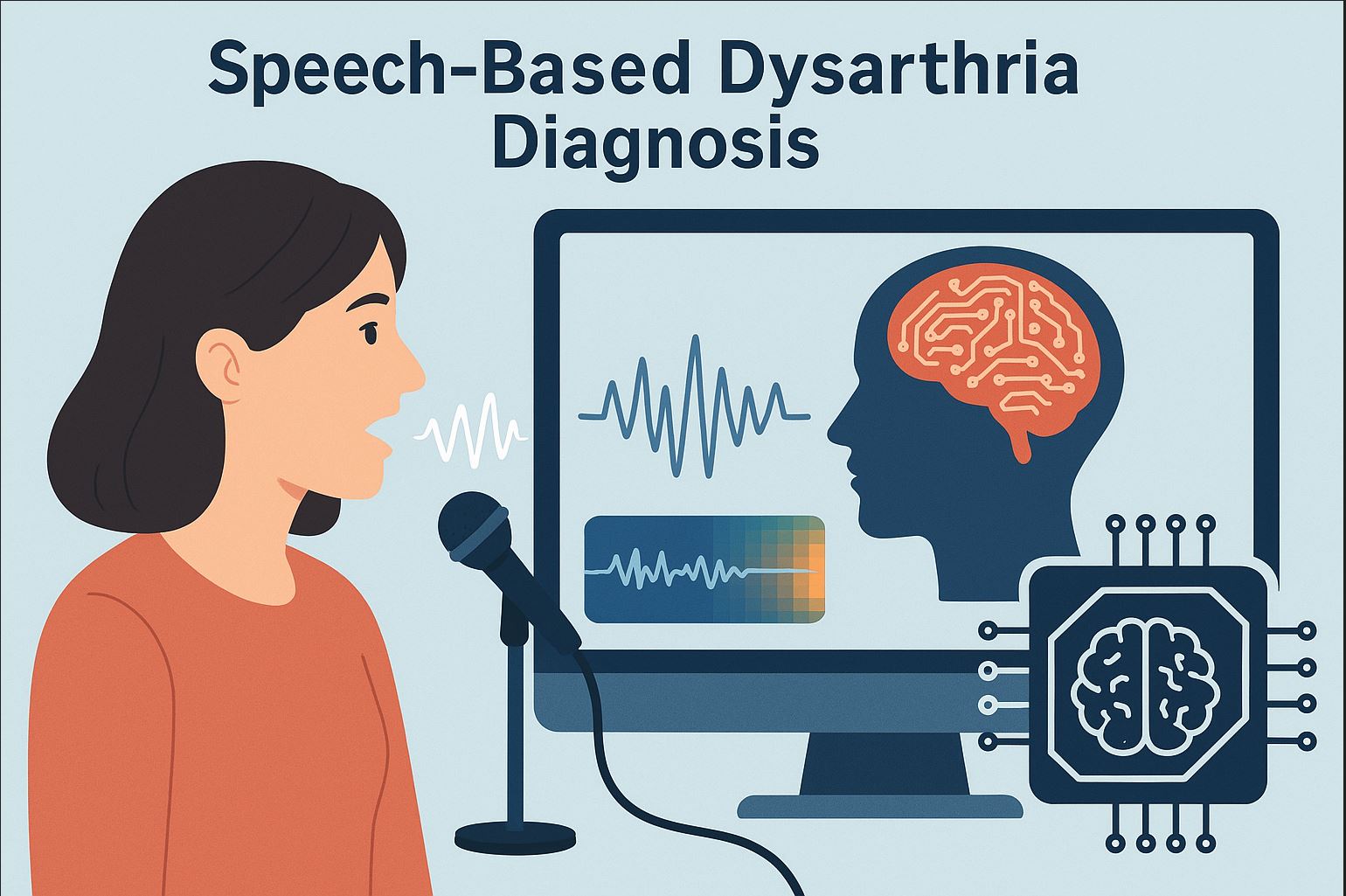
A research team led by Prof. LI Hai from the Hefei Institutes of Physical Science of the Chinese Academy of Sciences has developed a novel deep learning framework that significantly improves the accuracy and interpretability of detecting neurological disorders through speech.

On June 18, the Lower Hybrid Current Drive system — a critical subsystem of the Comprehensive Research Facility for Fusion Technology — successfully passed expert testing and was officially accepted, marking a significant milestone for the project.

86-10-68597521 (day)
86-10-68597289 (night)

52 Sanlihe Rd., Xicheng District,
Beijing, China (100864)

